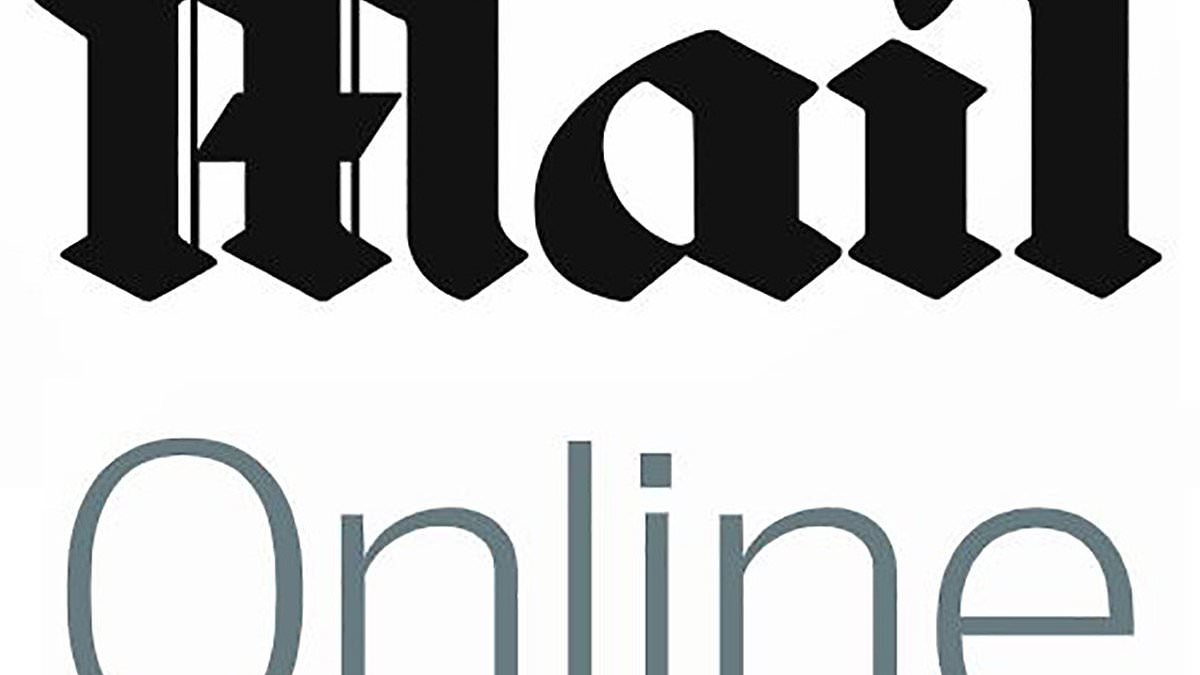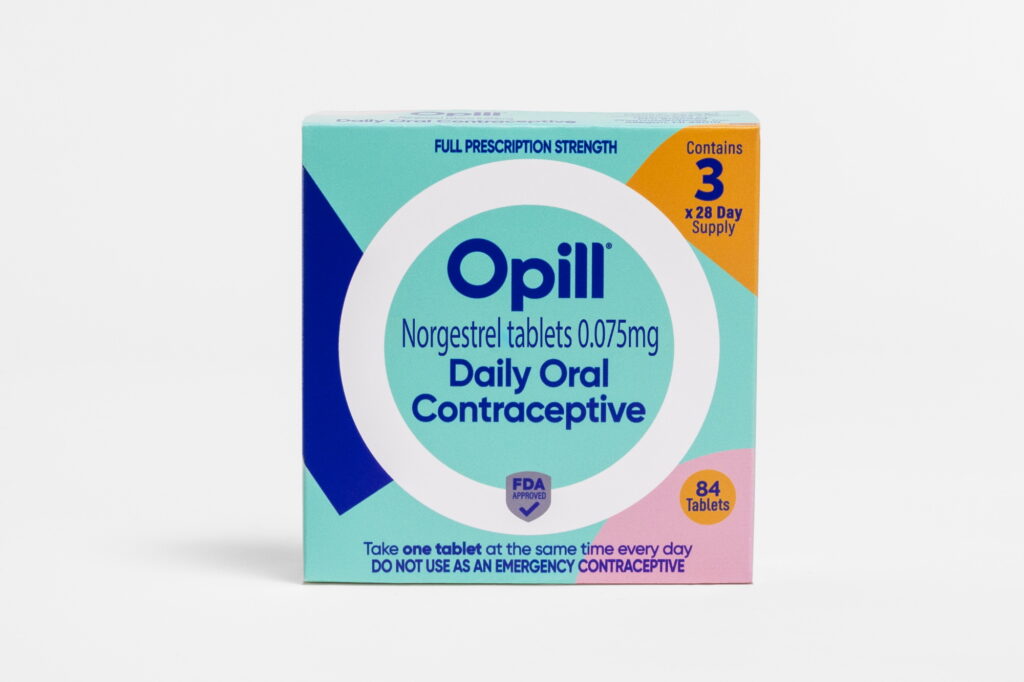The Importance Of Corrections And Clarifications In Communication

Table of Contents
Building Trust and Credibility Through Corrections and Clarifications
Timely corrections and clarifications are cornerstones of responsible communication. They demonstrate accountability and a commitment to accuracy, directly impacting your credibility and the trust your audience places in you. Ignoring errors, on the other hand, can severely damage your reputation and erode relationships. The consequences can range from lost customers to legal issues.
- Increased transparency builds stronger relationships with audiences. Openly acknowledging and correcting mistakes shows you value your audience and their perception of you.
- Addressing inaccuracies shows commitment to accuracy and detail. This meticulous approach builds confidence and respect.
- Proactive clarification prevents misunderstandings and rumors. Addressing potential ambiguities before they escalate avoids unnecessary damage control.
- Examples: Public apologies from companies following product failures, issuing corrected press releases, or publishing fact-checking statements are all vital components of effective damage control and maintaining credibility.
Effective Communication Strategies for Delivering Corrections and Clarifications
Delivering corrections and clarifications effectively requires a strategic approach. Clarity and conciseness are paramount. Choose the right communication channel based on the severity of the error and your audience. For example, a minor correction might be suitable for a quick email, while a major correction may necessitate a press release or a public statement on social media.
- Use plain language, avoiding jargon and technical terms. Ensure everyone understands the correction.
- Clearly state the nature of the correction or clarification. Leave no room for misinterpretation.
- Offer a sincere apology if necessary. A genuine apology goes a long way in repairing trust.
- Provide supporting evidence or data to back up corrections. This reinforces your commitment to accuracy.
- Be proactive—don’t wait for others to point out errors. Addressing issues swiftly minimizes the potential damage.
The Impact of Timely Corrections and Clarifications on Preventing Disputes
Prompt corrections and clarifications are crucial for conflict prevention. By addressing inaccuracies quickly and transparently, you minimize the likelihood of misunderstandings escalating into disputes, even legal ones. The approach differs depending on the severity of the error. Minor corrections might involve a simple email, while major inaccuracies may require formal retractions and apologies.
- Reduce the likelihood of lawsuits or disputes. Addressing issues promptly shows a commitment to resolving conflicts amicably.
- Prevent damage to brand reputation and customer loyalty. Swift action shows responsibility and protects your brand image.
- Demonstrate a commitment to conflict resolution. This proactive approach fosters positive relationships.
- Examples: Correcting inaccurate information in a contract before it's signed or issuing a clarification to a potentially misleading public statement.
Case Studies Illustrating the Benefits of Corrections and Clarifications
Many organizations have successfully navigated challenging situations by employing effective strategies for corrections and clarifications. Analyzing these case studies provides valuable lessons. For example, a company that swiftly recalled a faulty product and issued a public apology often experiences less long-term damage to its reputation than a company that attempts to ignore or downplay the issue. Similarly, a journalist who promptly corrects a factual error demonstrates integrity and professionalism.
- Specific examples: Research specific cases of companies or individuals who handled corrections effectively. Look at how they communicated the correction and the resulting public response.
- The positive consequences of their actions: Note how quick and transparent responses often minimized negative impact.
- Lessons learned from case studies: Identify key strategies for successful crisis communication, including timely action, sincerity, and transparency.
Mastering the Art of Corrections and Clarifications for Enhanced Communication
Implementing effective strategies for corrections and clarifications is vital for building trust, credibility, and preventing disputes. By acknowledging errors promptly and communicating transparently, you demonstrate responsibility and enhance your reputation. This proactive approach fosters stronger relationships with your audience and contributes to more effective and trustworthy communication overall. Implement robust processes for reviewing and correcting information, mastering the art of corrections and clarifications for a more effective and trustworthy communication approach. Seek out resources on crisis communication and conflict resolution to further enhance your skills in this crucial area.

Featured Posts
-
 Franche Comte Consentement Eclaire Et Chirurgie Des Hemorroides
Apr 30, 2025
Franche Comte Consentement Eclaire Et Chirurgie Des Hemorroides
Apr 30, 2025 -
 The Post Roe Landscape Examining The Role Of Otc Birth Control
Apr 30, 2025
The Post Roe Landscape Examining The Role Of Otc Birth Control
Apr 30, 2025 -
 Finansoviyat Uspekh Na Turneto Na Bionse Danni I Fakti
Apr 30, 2025
Finansoviyat Uspekh Na Turneto Na Bionse Danni I Fakti
Apr 30, 2025 -
 Choosing The Right Slides For Summer 2025 A Buyers Guide
Apr 30, 2025
Choosing The Right Slides For Summer 2025 A Buyers Guide
Apr 30, 2025 -
 Pocono Center Hosts Earth Friendly Earth Day Festival
Apr 30, 2025
Pocono Center Hosts Earth Friendly Earth Day Festival
Apr 30, 2025
